Updated on March 25, 11:52 a.m. (GMT+8): Improved relevancy, added relevant guides.
League of Legends esports (LoL esports) has evolved over the years, and as the game changes, so does its jargon.
A popular multiplayer online battle arena (MOBA) game developed by Riot Games, players assume the role of champions with unique abilities and battle against each other in teams.
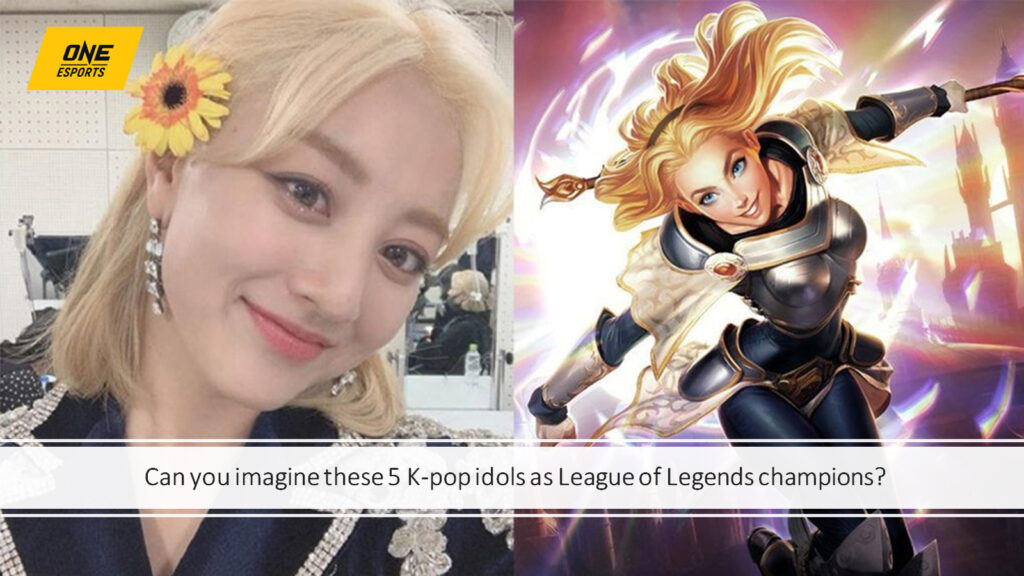
The primary objective is to destroy the opposing team’s Nexus, located at the heart of their base, while defending your own.
If you’re currently watching one of its international tournaments, namely MSI or Worlds, or even one of its regular season leagues, and have heard these terms used by shoutcasters but may not know what they mean, we’ve got you covered.
List of the top 5 most used League of Legends esports jargon
1. Leash
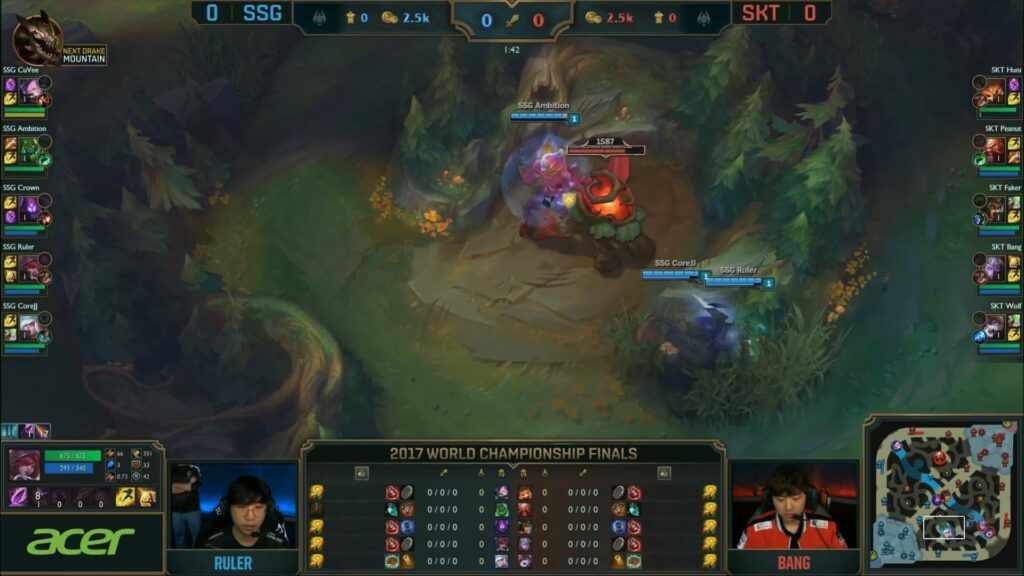
No, not the dog. The jungle creep.
Depending on the meta, when the game starts at level one, the duo laners at bot will help to deal damage to the first buff the jungler starts at.
They’re able to do this because the minion wave takes time to travel, and they have a window to help with the buff before walking into lane to catch the wave.
Depending on the prevailing meta and champion, sometimes junglers need leashes, sometimes they don’t.
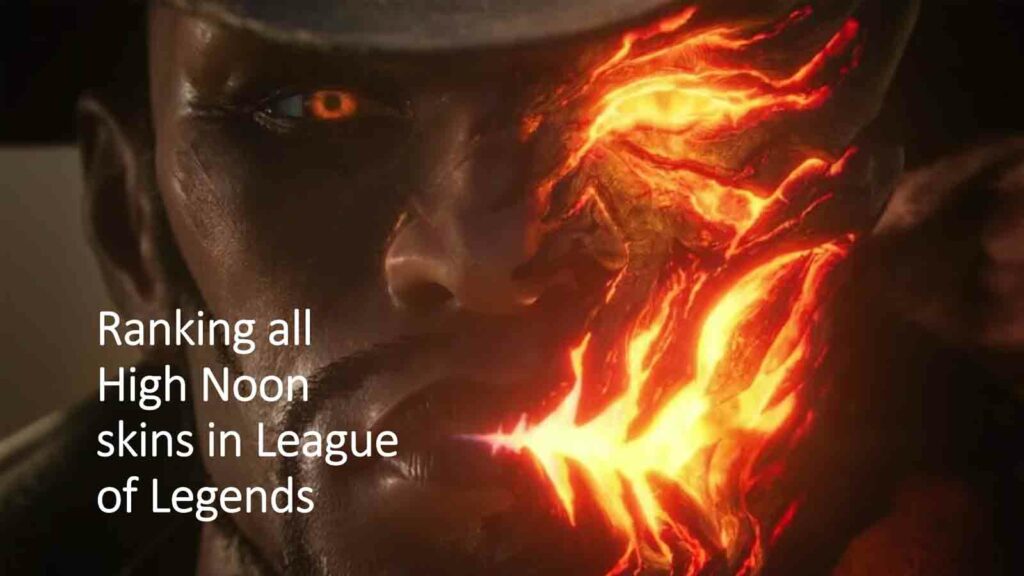
Leashing is generally used to describe the same scenario across all jungle monsters. In the European Masters clip below, Gragas started his own red buff, but enemy Ezreal sent a Trueshot Barrage down to steal it.
It doesn’t matter if it was your own teammate or an opponent, Gragas started the buff and leashed it (unintentionally) for Ezreal.
So whenever a steal happens, it’s common to hear the phrase “Ty for leash”.
2. Lane priority
Priority seating. Priority queue. Priority banking.
All relevant in real life, but the word doesn’t quite have the same meaning in League of Legends.
As a MOBA, the flow of League of Legends is dependent on minion waves, especially in the early game during the laning phase.
Both blue and red side minions are equal — until they meet in the middle. There, champions can manipulate the wave accordingly by killing minions.
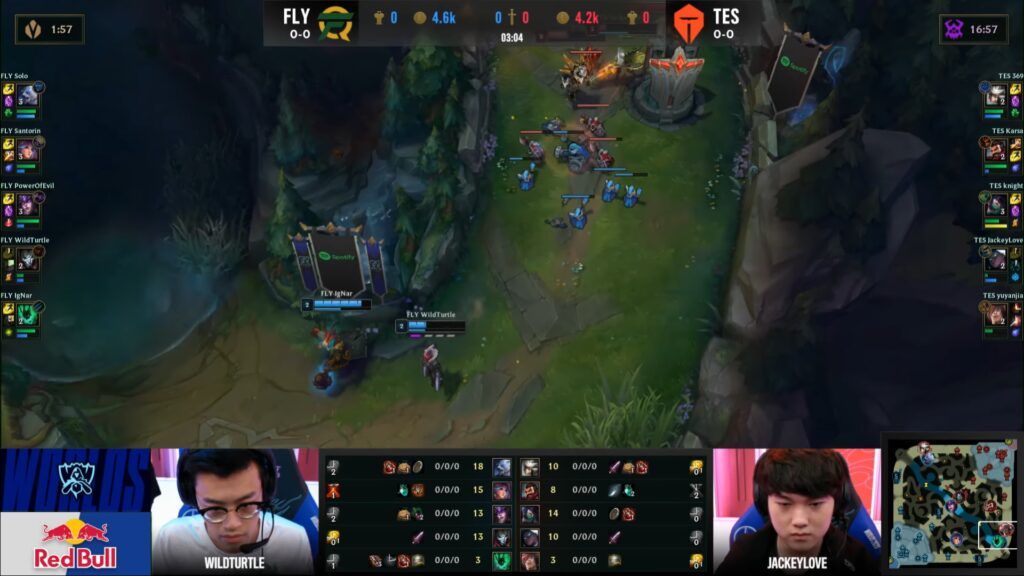
If they use their abilities, or if they have a higher auto attack in the early game, or if they harass opponents such that they can’t touch the minion wave, they will end up clearing the enemy minion wave faster than their opponents. This mechanic is called a “push”.
The effect is that their minion wave will move up the lane, as seen in FlyQuest’s duo at bot when they competed against Top Esports in the Worlds 2020 group stage.
Lee “IgNar” Dong-geun and Jason “WildTurtle” Tran managed to push their blue minion wave all the way up to their opponents’ turret and gain lane priority.
Naturally, this means that lane priority is a temporary state. After this, the minion waves will reset, and players will get a chance to establish priority again.
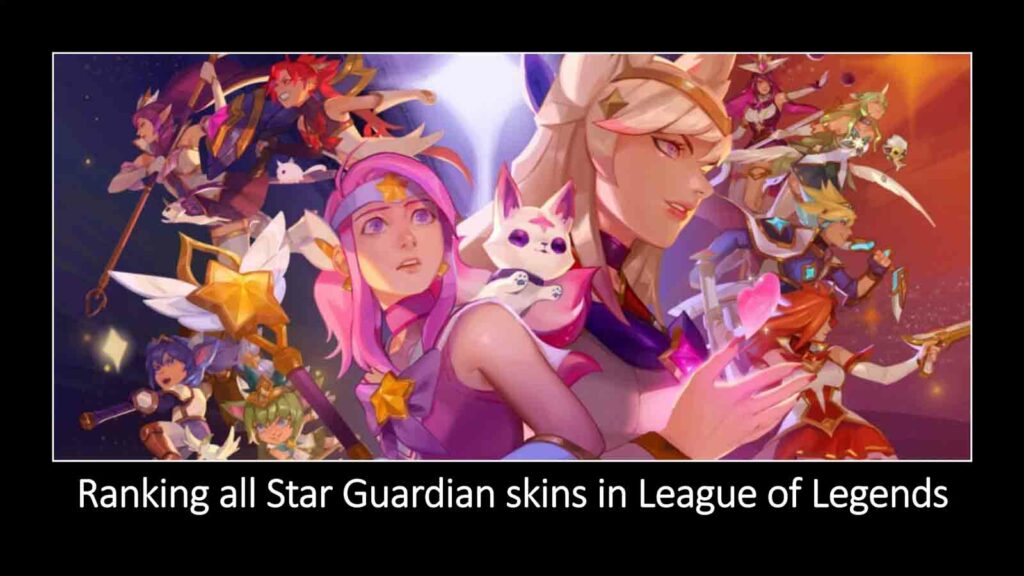
In other scenarios, the wave can be manipulated to create a pushing state with a longer duration for lane priority.
Lane priority is important because by establishing this lane state, players can move out of lane to achieve other objectives on the map in those few seconds. They can move up the river to place a deep ward down in enemy territory, help their jungler secure the Scuttle Crab, or even rotate to gank another lane.
3. Soul Point
League of Legends Season 10 introduced the Elemental Rift, where the map changes according to the element of the third dragon spawn. To understand Soul Point, you’ll first need to understand the mechanics of Elemental Dragons.
There are four elements: Cloud, Ocean, Infernal, and Mountain. At 5:00 in the game, a random Elemental Dragon will spawn in the Dragon Pit.
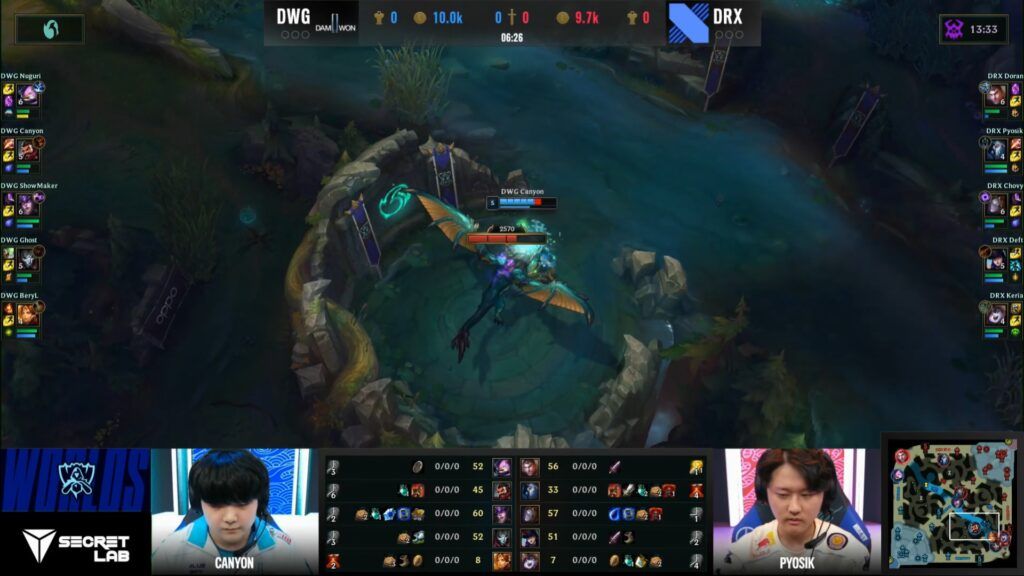
If it is slain, another dragon of a different element will spawn in the pit. Once the second dragon is down, a third dragon of a different element from the first two will spawn.
The third dragon spawn causes three things to happen:
- The Elemental Rift rises, where Summoner’s Rift terrain is transformed according to the element of that dragon. For example, a Cloud Dragon creates air currents in certain locations to boost movement speed, an Ocean Dragon brings new life onto the Rift, an Infernal Dragon decreases terrain, while a Mountain Dragon increases terrain.
- All subsequent dragon spawns will be of the same element as the third dragon. This means that in any one game, only three types of elemental drakes will appear.
- If the same team had slain the first three dragons, they will be at Soul Point.
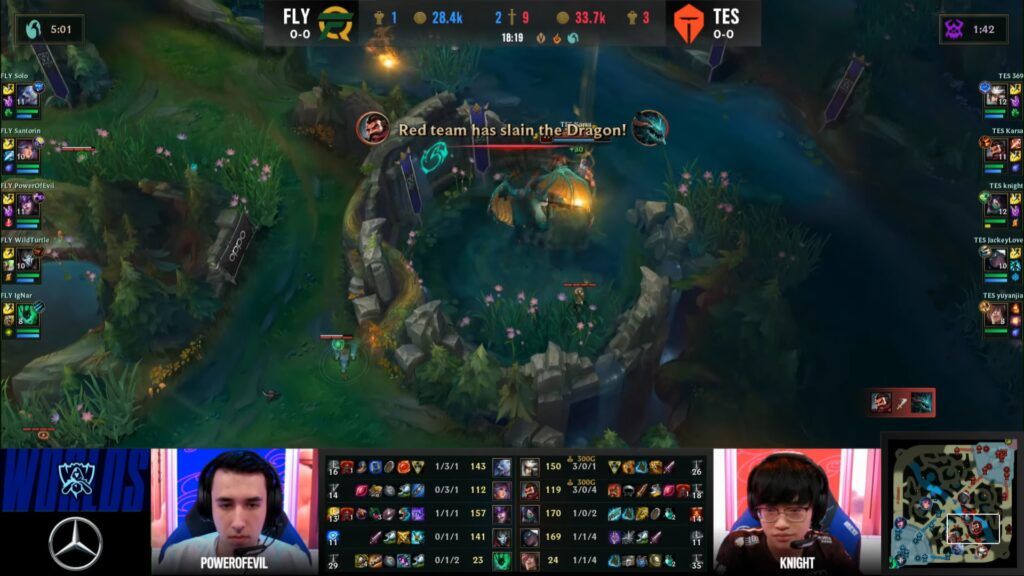
When a team has slain four dragons in the game, they will receive the Dragon Soul. It is a permanent, highly valuable buff based on the third dragon’s element.
Cloud Soul gives increased cooldown reduction on ultimates for example, while Infernal Soul increases AP and AD damage.
As such, once a team has secured three dragons, they reach Soul Point — a critical point in the game where a team is looking to secure their fourth dragon in order to claim the Dragon Soul.
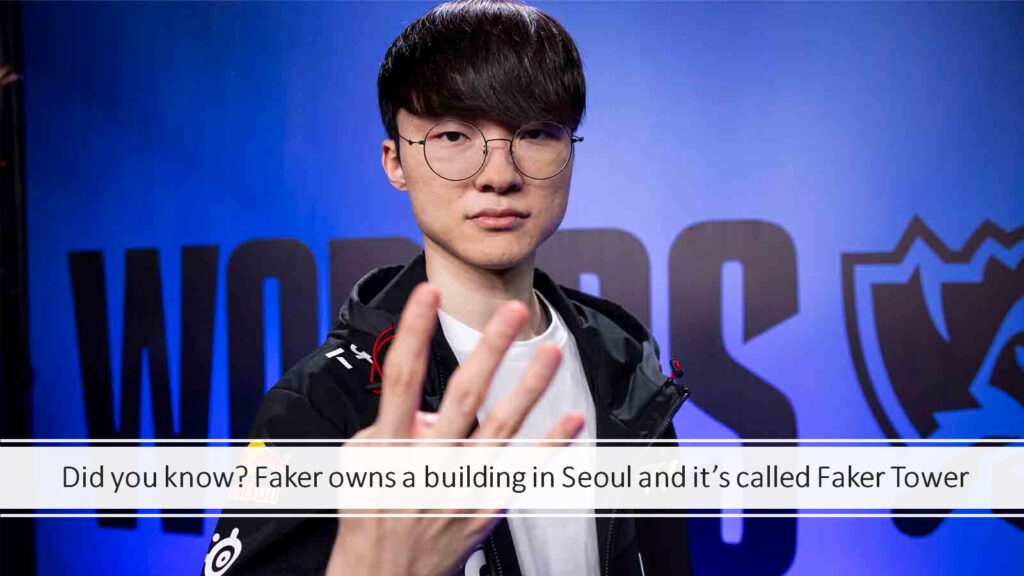
Shoutcasters will usually highlight this, and direct viewers to focus their attention on the next dragon spawn.
4. Choke point
A military term that was ported over to League of Legends, it refers to narrow areas in Summoner’s Rift.
Between the three open lanes at top, mid, and bot, lies the jungle. Within the jungle, there are winding walls and bushes that form terrain that in turn influences strategy.
In the best-of-one Worlds 2022 match between Suning and G2 Esports in Group A, even though G2 Esports managed to secure the Infernal Soul, Suning’s positioning on the map forced them to retreat into a choke.
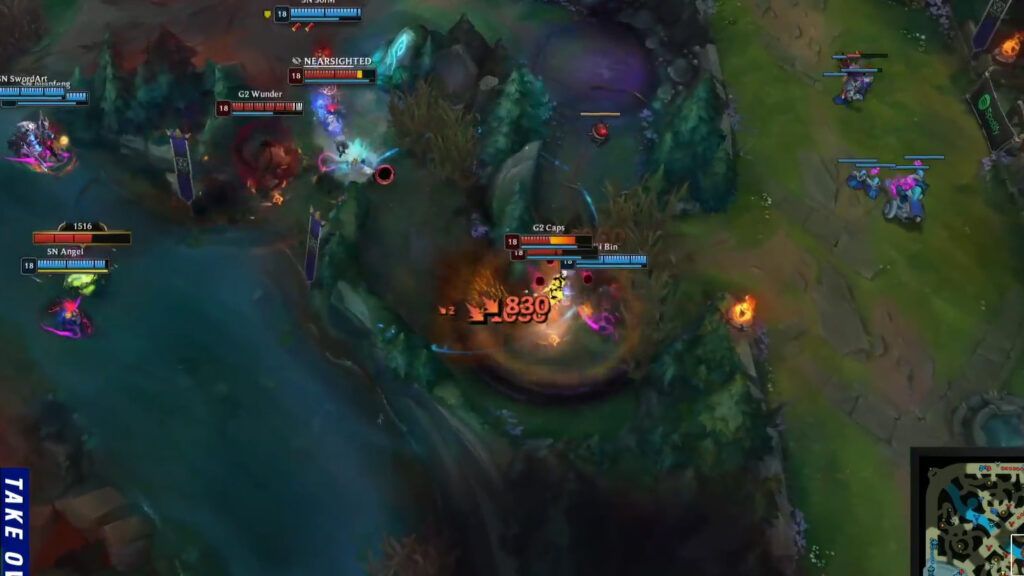
G2 Rasmus “Caps” Borregaard Winther and Luka “Perkz” Perković split from their team, and found themselves in a very tight area of the jungle.
In that moment, Suning’s top laner Chen “Bin” Ze-Bin laid down Gangplank’s Powder Kegs, which the G2 duo could not avoid as their movement was restricted by the terrain.
After they were burst down by Bin’s barrels for a double kill, Suning went on to win the game to secure first seed in their group.
5. 200 years
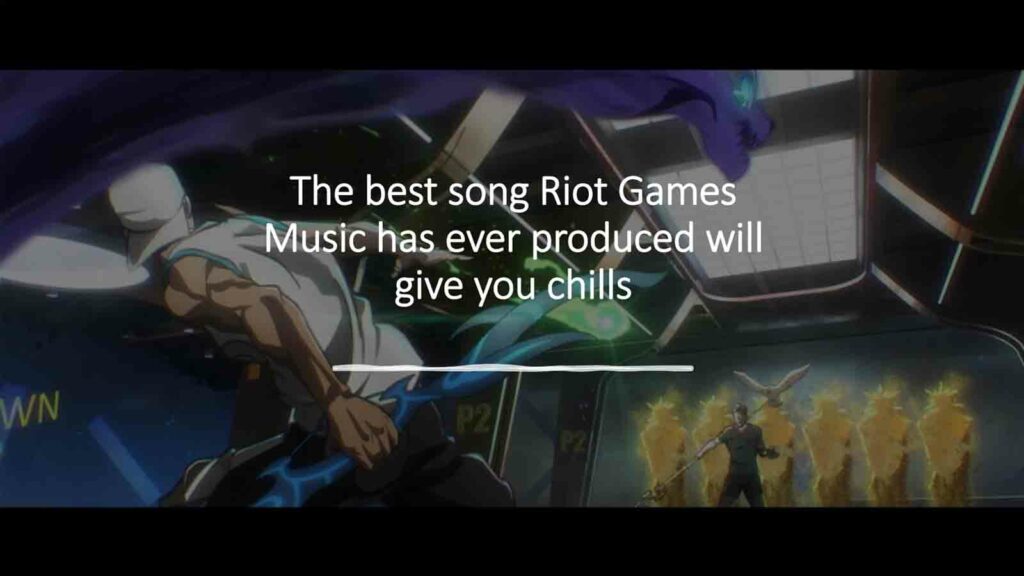
“200 years” started off as a meme, but has since become a widely used term by the global LoL community. It originated from a conversation between Riot Games’ Champion Designer Nathan Lutz and LoL players on Twitter.
Riot Lutzburg had given an update on Wukong on the PBE back in January. A one-trick Wukong player gave feedback on the reworked design, saying that Wukong’s damage was too low. Another LoL player, Matt, chipped in to back him up, in which Riot Lutzburg replied:
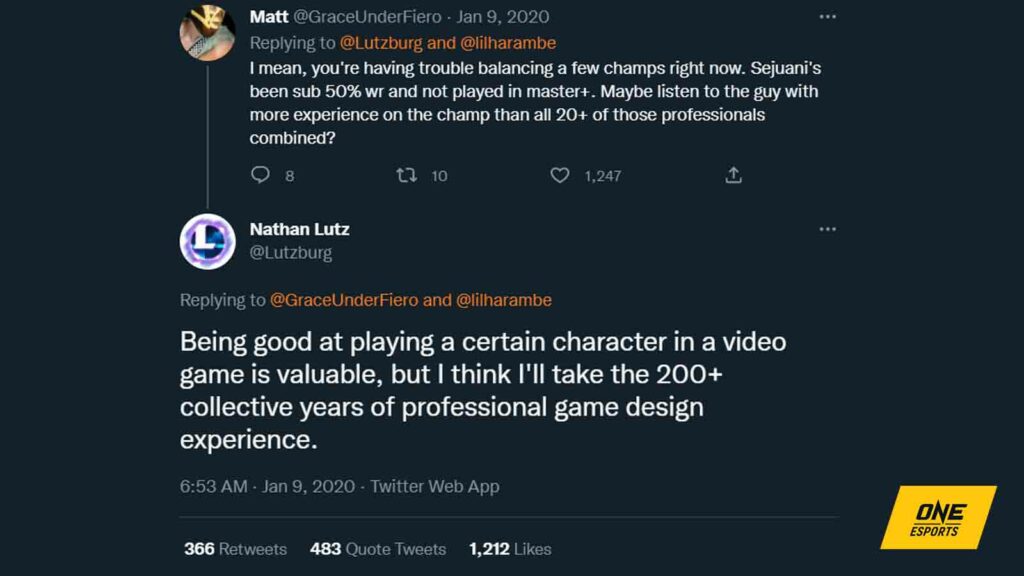
The LoL community took this hyperbole to refer to any balance change or champion design they thought Riot made a huge mistake in. In Spring 2020, every highlight play was basically an Aphelios highlight. With five guns, two of which he can equip at any time, and an ultimate that applied their various effects, he was too overpowered.
Soon, Aphelios’ name was altogether replaced with “200 years”, even on official LoL esports broadcasts. When Samira was released, the community questioned if she was “300 years” because of her raw power, mobility, and unique toolkit as an AD carry.
READ MORE: The complete beginner’s guide to watching League of Legends esports


